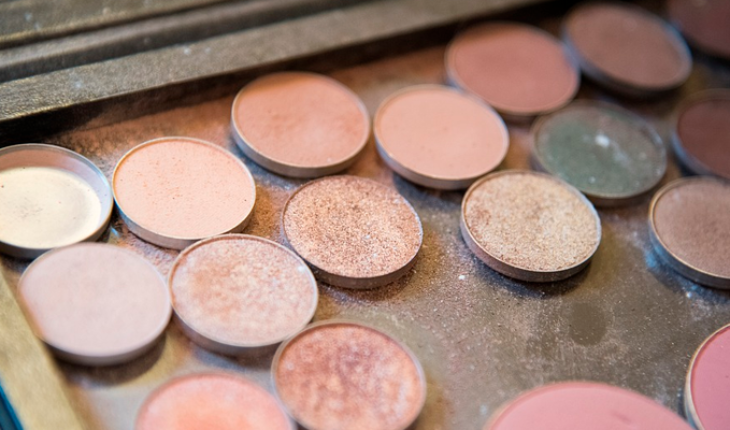Photograph/ Pixabay
World.- Archaeologists have analyzed the makeup found in Merida (Badajoz) inside a closed scallop. The product has remained virtually intact for more than 2,000 years.
A study conducted jointly by researchers from the Consortium of Mérida, the University of Granada (UGR) and the Institute of Cultural Heritage of Spain has analyzed a makeup case from the 1st century A.D. that still contained remains of the stored product. The results of the study have been published in the journal Saguntum.
The find dates back to 2000, when the work of adequacy and construction of a new industrial warehouse, in what was the former capital of the Lusitania, Augusta Emerita (present-day Merida), were accompanied by an archaeological excavation that allowed to exhume a burial area dating to the First D.C.
One of the tombs drew attention for the presence of the cremated remains of the possible deceased with an interesting burial deposit. Among the objects that were found are ceramic cups, bone spindles that recalled the textile practice of the deceased, pieces of glass (among which were some ointments to contain perfumed oils) or remains of a detachable bone box. To this we must add a huge amount of nails, which could refer to a funerary lectus (bed) that ended up calcined during cremation.
Analysis of the rosacea ball indicates that it is composed of grancy lacquer and ‘rose madder’ obtained from the use of cold alum as a fixator
Sealed content
In this place was found a malacological specimen of pecten maximus (vieira) with the two intact leaflets sealing the inner contents. Both parts had two small holes in the ‘ears’ that, from a series of silver filaments, allowed their closure. Once the mollusk was opened, it was possible to document, in addition to the sediment that had leaked, traces of cosmetics, namely a small ball of pulverruleus conglomerate of rosacea coloration partially demigrated at some points.
Given the nature of the find and its weak consistency, a sampling protocol was initiated that would allow, first, its preservation and, second, that would favor a subsequent compositional archaeometric analysis. Analysis of the rosacea ball indicates that it is composed of grain lacquer and rose madder obtained from the use of cold alum as a fixator.
The use of scallops to house cosmetic products is a widely used resource for those of solid and semi-solid consistency, especially in the face of the cost and difficult access of the star support, the alabaster, recruited almost exclusively in the quarries of Naukratis in Egypt.
The use of malacological support as a container of cosmetics is very ancient, there are tiny shells in the Sumerian city of Ur in 2500 B.C. that already contained pigments already used for cosmetic purposes. The most affluent classes, on the other hand, used boxes (pyxis) that typologically emulated shells but in more luxurious supports case of amber or precious metals.
Source: SINC
translated from Spanish: Scientists analyze the composition of the makeup of the Roman era
February 4, 2020 |





